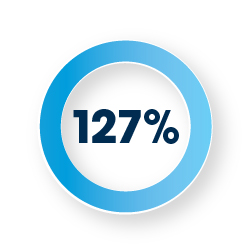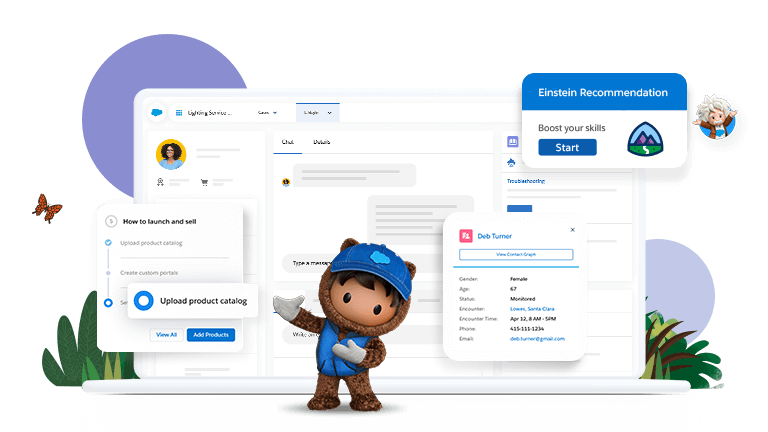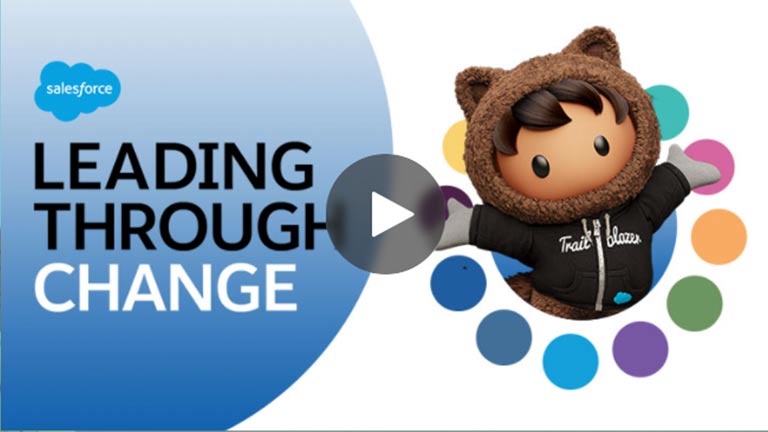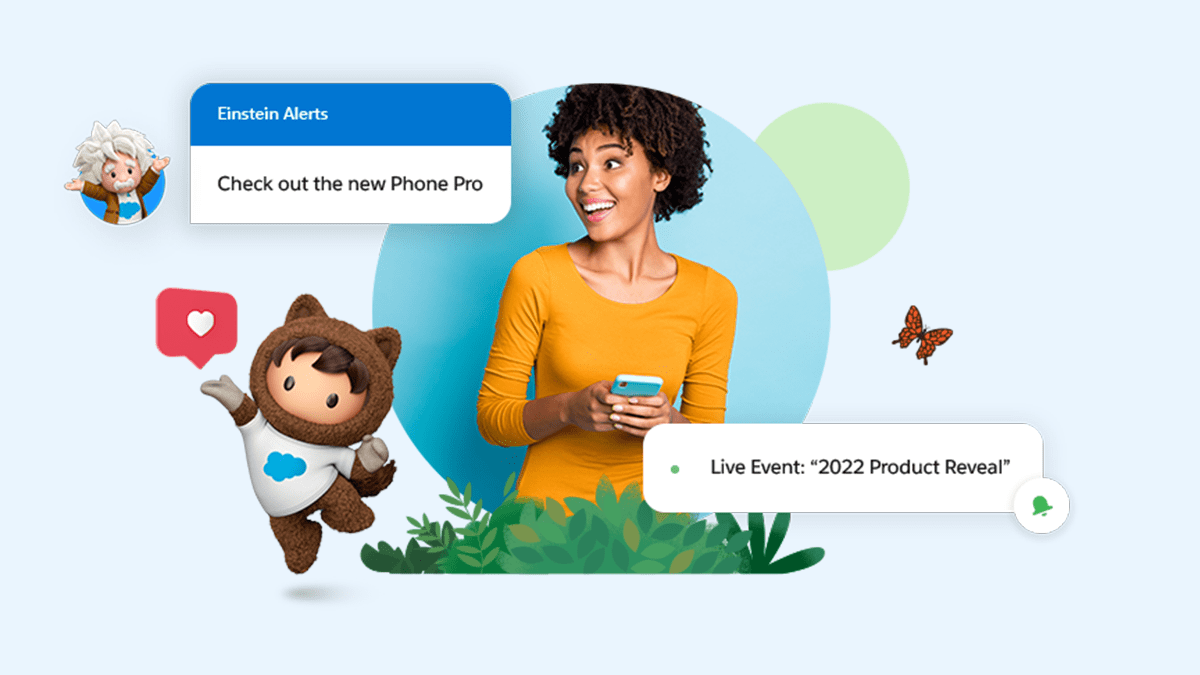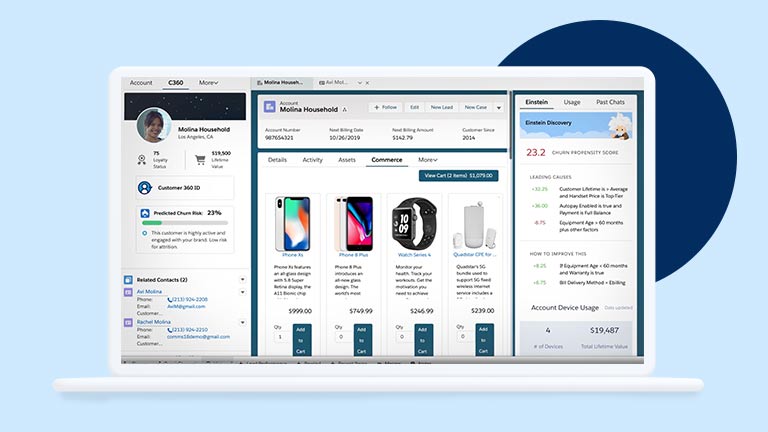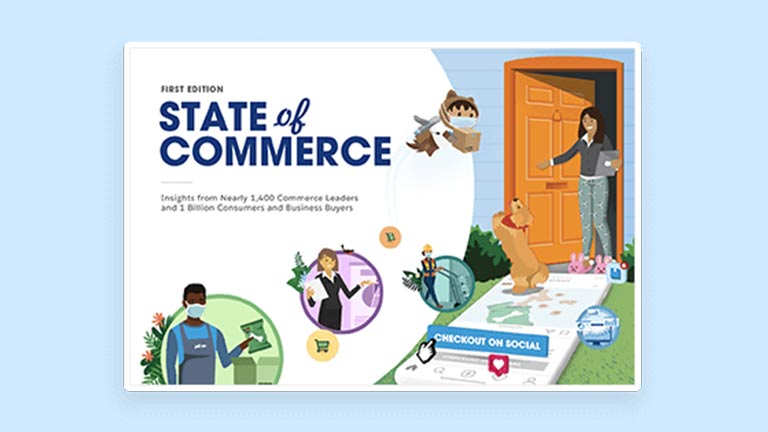How Communication Service Providers Can Reimagine the Retail Experience
Telco customer experience management in retail is more important than ever. This guide will show you the way.
Communications service providers (CSPs) are navigating a new set of subscriber buying habits in retail.
Consumers who used to price-compare service plans and shop for a new device in-store are now researching new smartphone models online and asking friends for recommendations on social media. They’re also interacting with CSPs via chatbots and apps to ask questions and complete buying journeys. And those habits are here to stay. In fact, according to a 2021 international study, only 39% prefer to make a purchase in-store.
There’s another sea change to contend with, too: 56% of all generations are somewhat or very likely to switch from their current provider to a tech company like Google. Amid these stiff competitive headwinds, CSPs must reimagine the retail experience. They must create convenient omni-channel buying journeys, leverage the right digital tools, and use artificial intelligence (AI) to personalize offers and surface actionable insights.
In this guide, you’ll learn how to:
- Reimagine retail with omni-channel experiences
- Drive intelligent telco customer experience management
- Turn up the dial on digital with artificial intelligence (AI)

Chapter 1: Reimagine retail with omni-channel experiences
Put the focus on convenient, customer-centric engagements
Streamline the subscriber journey
Build powerful retail experiences with a communications CRM from Salesforce.
Analyze consumer sentiment
Connect with customers using virtual consultations
Enable in-store appointment scheduling
Create order and fulfillment flexibility

57% of shoppers have purchased a product online to pick up in-store (BOPIS).
"Connected Shoppers Report," Salesforce, August, 2023.
Enable frictionless (and contactless) payments
Offer self-service options
Re-create one-on-one subscriber experiences
Reimagine the Store for Fulfillment
Also consider:
- Installing lockers at your store for customers to grab their orders and go
- Designating some stores for inventory overflow and pickup-only (“dark stores”) and stocking those stores with popular SKUs for that specific geography
- Encouraging additional browsing, even at curbside, with product vending machines or digital screens with more merchandise
- Transferring products between stores using a local delivery service
- Activating delivery options from local stores with fast delivery providers
